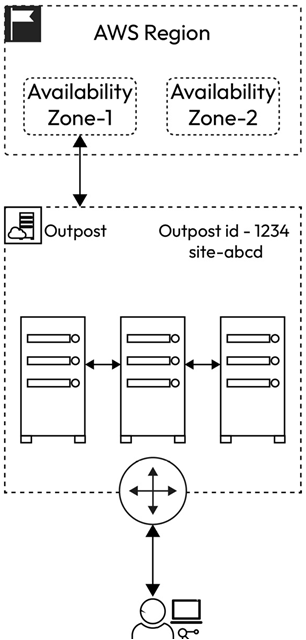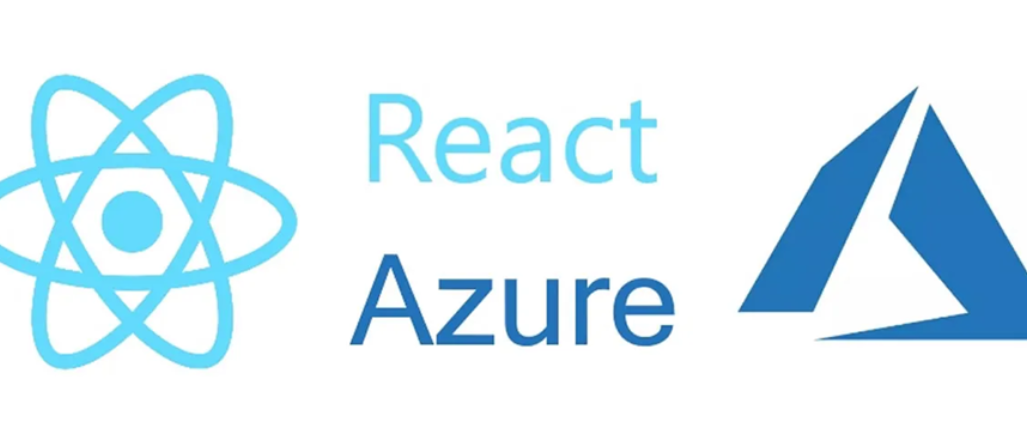VMC on AWS Outposts provides the following capabilities:
- It provides VMware’s enterprise-grade SDDC software on next-generation dedicated Amazon Nitro-based EC2 bare-metal instances provisioned in an AWS Outposts that resides in a organization’s on-premises location.
- AWS Nitro-system-based bare-metal EC2 infrastructure is designed to provide high performance and enhanced security. This is achieved through the continuous monitoring, protection, and verification of the instance hardware and firmware.
- It offers a fully managed service with continuous LCM, ongoing service monitoring, and automated processes that enhance the infrastructure’s health and security. In addition, AWS provides proactive hardware monitoring with break-fix support, while VMware offers first-party services as a single point of contact for hardware and software-related issues.
Use cases
In addition to the conventional use cases, such as data center extension, data center migration, disaster recovery, and application modernization, VMC on AWS Outposts addresses the following use cases:
- Low-latency compute: Workloads that are extremely sensitive to latency and exhibit variable latency patterns, including applications used in automated operations on factory floors, medical imaging and diagnostics, high-frequency trading, and school applications or media content accessed concurrently by hundreds of thousands of users.
- Data residency: Workloads that must remain in a specific country, state, or municipality due to regulatory, contractual, or information security requirements, including the public sector or highly regulated industries such as healthcare and financial services.
- Local data processing: It can be challenging to deal with data-intensive workloads that require hundreds of terabytes of data to be collected and transmitted back to the AWS Region for processing, primarily due to limitations in bandwidth, volume, and costs. However, by leveraging VMC on AWS Outposts, organizations can process data close to where it is generated while maintaining data lakes and ML training in AWS Regions.
Benefits of VMC on AWS Outposts
VMC on AWS Outposts offers a range of benefits, some of which align with the general advantages of VMC on AWS:
- Consistency across AWS Regions and on-premises: Hybrid Linked Mode (HLM) allows the integration of both VMC on AWS cloud vCenter and on-premises vCenter, enabling the management of virtual machine workloads using a single pane of glass across both environments. With this integration, organizations can effortlessly migrate vSphere workloads to VMware Cloud on AWS Outposts using VMware vMotion without any downtime
- High-performing infrastructure with enhanced security: The high-performance and secure AWS Nitro system, which powers VMC on AWS, also serves as the foundation for VMC on AWS Outposts. AWS is accountable for all hardware maintenance, updates, and replacement, providing uniform security and operating models for VMware workloads, irrespective of their location.
- Simplified IT operations: VMC on AWS Outposts allows organizations to consume a fully managed service in an on-premises environment built on the familiar VMware compute (vSphere), storage (vSAN), and networking (NSX) technologies without the hassle of deploying, monitoring, patching, or updating IT infrastructure. Instead, organizations can effortlessly order, deploy, and scale infrastructure as required, reducing the time and resources required to manage IT infrastructure and increasing IT productivity.
How does VMC on AWS Outposts work?
VMC on AWS Outposts enables AWS to extend the boundaries of an AWS Availability Zone (AZ) to bring VMware’s SDDC stack from the AWS Region to the on-premises or edge location. Using cloud operating models, organizations can now leverage on-premises hardware to run vSphere workloads.
VMC on AWS Outposts runs VMware’s SDDC stack on the AWS Outposts infrastructure. It’s important to note that AWS Outposts can only be paired with a single AZ within an AWS Region that offers the VMC on AWS service. AWS Outposts is designed to work as an extension of an AZ and hence cannot work in disconnected mode without connectivity back to the AWS Region it is homed to.
The underlying hardware infrastructure that runs the SDDC is fully managed by AWS, while VMware is responsible for managing all SDDC constructs on the rack.
The logical deployment of an AWS Outposts service is depicted in Figure 10.2:

Figure 10.2 – VMC on AWS Outposts connectivity
The architecture illustrates that a logical Outpost contains physical racks that host networking, storage, and computing equipment and is connected to an AWS Region’s AZ through the service link.
Two types of traffic are sent back to the parent AWS Region using the service link:
- Data plane traffic: All data transmitted between workloads located on AWS Outposts and those residing in AWS is considered data traffic. The organization is responsible for managing network communications between services running on the Outpost and those running in the AWS Regions.
- Control plane traffic: The service link is also responsible for transmitting telemetry, state, and health data from various components, including maintenance tasks initiated by AWS (such as software and firmware updates and system commands).
